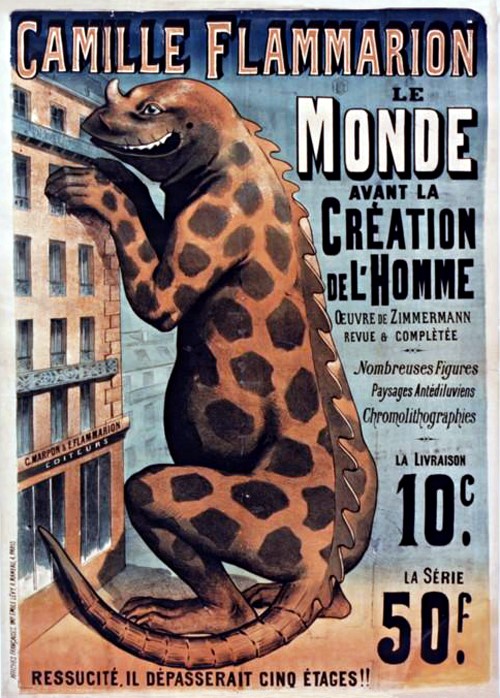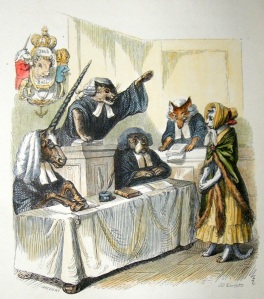How do you write?
Door Timo Bolt
In mijn vorige bijdrage aan Shells & Pebbles, getiteld ‘why do you write?’, schreef ik over een ingezonden brief die onder diezelfde kop in 1976 werd gepubliceerd in The Lancet. De auteur, de Ierse arts J.B. Healy, vroeg zich daarin af waarom er zo ‘monsterlijk’ veel artikelen in medische tijdschriften werden gepubliceerd. Was het hoofddoel nieuwe kennis te verspreiden en de geneeskunde te verbeteren? Of ging het primair om het publiceren van zoveel mogelijk papers, in het belang van de auteur(s) zelf? Om deze vragen te kunnen beantwoorden deed Healy het voorstel om voor de periode van een jaar een moratorium in te stellen ‘on the appending of authors’ names and of the names of hospitals to articles in medical journals.’ Mocht vervolgens blijken dat er veel minder artikelen zouden worden aangeboden aan tijdschriftredacties, dan zou de medisch-wetenschappelijke gemeenschap ‘zichzelf ontmaskerd hebben’, aldus Healy.
On little boys and furry animals – or what happened to Little Albert?
By Ivan Flis
Every scientific discipline has its famous experiments. The case is no different for psychology. In the company of famous psychological experiments, one study is often mentioned as the fulcrum of the behaviorist revolution of American psychology – the story of a little boy named Albert and the attempt to teach him fear. (more…)
The Riddle of the Phantom Island
By Daniel Stinsky
Maps contain lots of information in a condensed and abstract visual format. We trust maps to depict reality, and we trust that they are produced with scientific rigor. But as the fairly recent case of a “phantom island” in the Coral Sea shows, maps can contain false information, even in the age of satellite imagery. A historical perspective on the way geographical data was communicated in the past helps to understand how such false information got reproduced and eventually found its way from the late 18th century into Google Maps.
Purity or performance
By Bert Theunissen
Of all sports horses competing at the most recent Olympic Games, 30 % were Dutch-bred. And of the ten gold medals available, five were awarded to horses from the Netherlands.
This is a remarkable achievement, considering that the Dutch do not have a long tradition in horse breeding like the Germans, the English and the French. Especially France and Germany, which had state-sponsored studs for centuries, have long been in the lead in sports such as show jumping and dressage, while England has been famous for its Thoroughbred racing horses since the late eighteenth century.
Embedded in History. An interview with Professor Norton M. Wise.
By Jorrit Smit
On the Sunday before Christmas, I bike to the UCLA campus in Westwood for the last time. Out of breath and full of sweat after climbing the hill in a boringly radiant sun, I find professor Norton Wise waiting for me outside Bunche Hall. With a special key he activates the elevator, which takes us to the sixth floor and his office. The quarter has already ended, the campus is deserted, but the climate control still runs full power. Under these circumstances, Wise and I speak about sources, philosophy and himself in the history of science. Norton Wise was previously director of the history of science program at Princeton University, and returned to University of California, Los Angeles (UCLA) in 2000 to become Distinguished Professor in History and soon Co-Director of the Institute for Society and Genetics (until 2011).
Grote dikke boeken
Door Floris Solleveld
“Goedemiddag, ik had zeven boeken aangevraagd, ik weet niet of ze er al zijn?”
“Jaaaa”, zei de bibliothecaris grinnikend, “die zijn er al”, en keek naar de kar waarop de Description de l’Egypte lag opgestapeld, zeven dozen van 100×70 cm, een stapel van zeker een halve meter hoog. En dit waren dan nog alleen de platen. Ik had eerder omvangrijke werken aangevraagd, maar dit was toch wel de overtreffende trap.
“Why do you write?”
Door Timo Bolt
Tijdens mijn onderzoek naar de (voor)geschiedenis van evidence-based medicine stuitte ik min of meer bij toeval op onderstaande brief in the Lancet van 24 januari 1976.
Why do you write?
Sir, – The number of medical papers published is monstruous large. How much has one really learned from last year’s erratic efforts to read journals? And think of all the work involved in producing the published and unpublished papers, the millions of blood-samples, and the laboratory tests, and of all the assistants, medical and paramedical, who had to be employed; and think of all the people who were measured and tested as controls. Was the primary object of all this to improve the treatment of disease or to publish papers? If the former, then publishing is only a secondary object – that of letting other doctors know something that may be of use to them. But if publication is the primary object, then one naturally suspects that the work is being done for advancement and benefit of the author(s); it is scarcely being done for the benefit of other practitioners.
Boo! A peek into the iconography of the rearing dinosaur.
By Ilja Nieuwland

Poster for the first edition of Camille Flammarion’s Le monde avant la création de l’homme (‘The world before man’s creation’), 1886
Parisians who visited a newsstand or book store in the spring of 1886 were confronted with the frightening prospect of a dinosaurian intrusion into their sixth-floor apartments. It was introduced to them by a poster that was part of the advertising campaign for French author Camille Flammarion’s new book (and newspaper serial) Le monde avant la création de l’homme (‘The world before man’s creation’).The whole approach of the publicity campaign turned out to be a good indication of the tone of the book. Flammarion’s book was a work of popular science, and sought to awe and entertain its readers as much as inform them. Although the rather overweight dinosaur here borrows heavily from the reconstructions made about fifteen years earlier by Benjamin Waterhouse Hawkins for the Crystal Palace exhibition, the image of a dinosaur standing next a high building looking into its top floors would prove compelling enough to last.
The case of the cat in court
By Noortje Jacobs and Steven van der Laan
Do animals carry legal obligations? To the twenty-first century reader of Shells & Pebbles this question might appear to be odd. Surely, only in fables pigs are summoned to appear before a judge to be held accountable for any misdemeanour. Not quite. In past centuries, animal trials were not unheard of. In fact, one might wonder with the advent of the animal rights movement in the twentieth century, whatever happened to animal duties? A blog post on a cat in court.
A Rambo Trilogy in Early Modern Europe
An Interview with Professor Margaret Jacob, by Jorrit Smit
On one of those sunny, warm, Californian fall afternoons, I meet professor Margaret Jacob in the Herbert Morris Seminar Room on the first floor of Royce Hall in the middle of the UCLA campus. The well-known early-modern scholar has just entertained a crowd of scholars, students and unidentified passers-by with a talk on Unitarianism in 18th and 19th century Britain. The high correlation between rich industrialists and Unitarianism, she observes, is not captured by Weber’s alleged association of capitalism with Protestantism. It is one of those things she has stumbled upon in a long and rich career in intellectual and cultural history of Early Modern Europe. On Unitarianism, she hopes to write a book one day, but for now the talk suffices.



